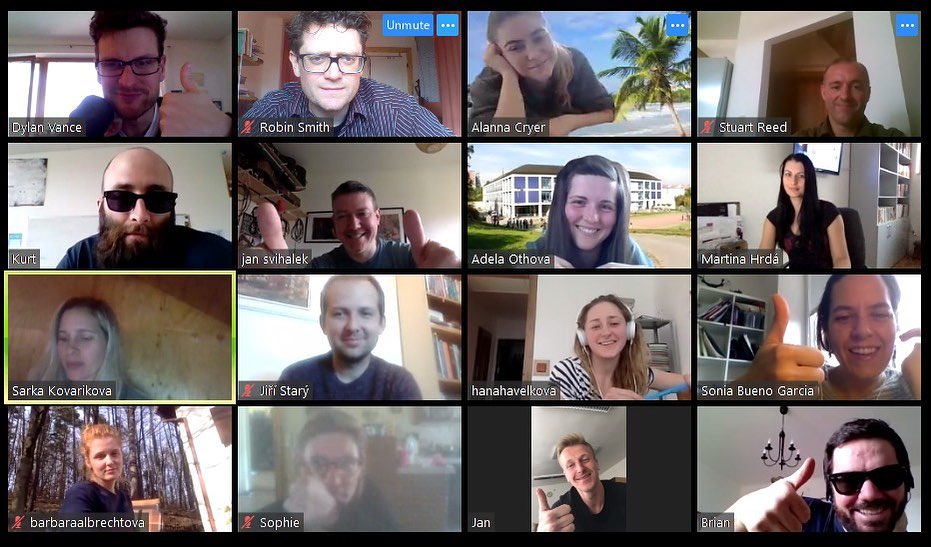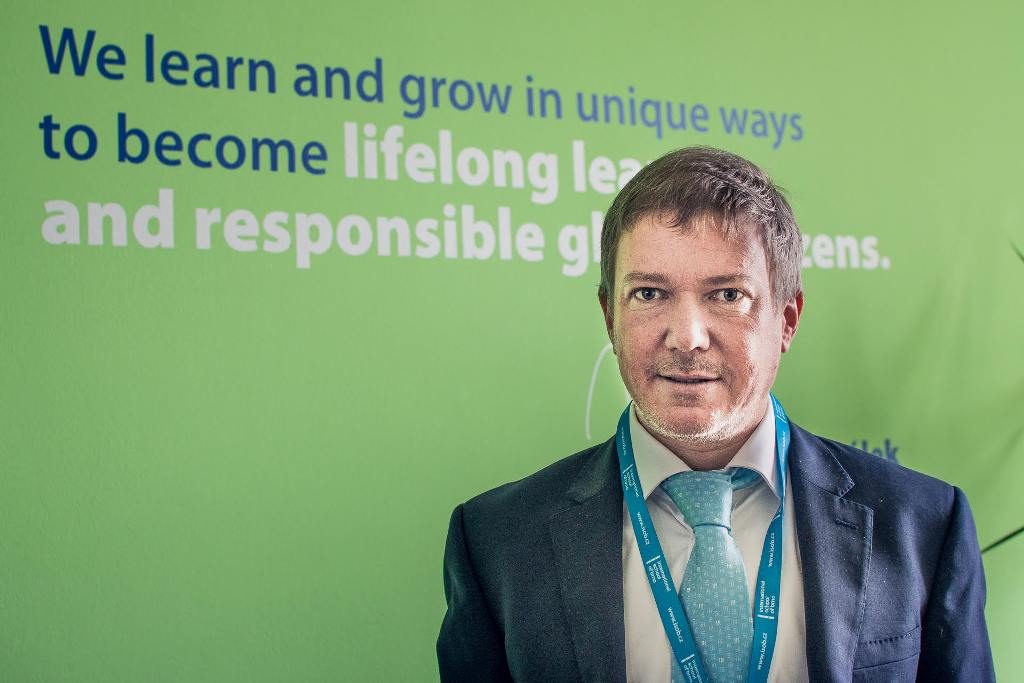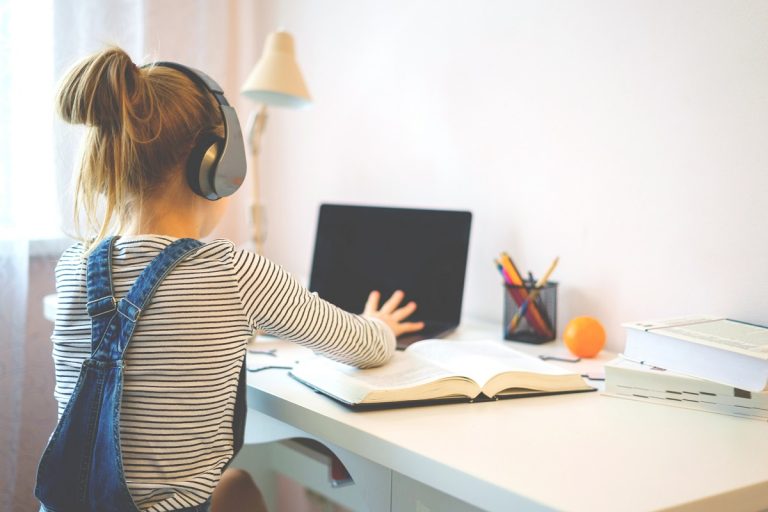Like many schools, the International School of Brno in Vinohrady has responded to the new circumstances of the lockdown by moving all teaching online. Brno Daily spoke to some of the staff there to find out how the school and its students are adjusting to the new circumstances. Title photo: Stock image / Freepik.
Brno, Apr 8 (BD) – Many schools have been giving their students work to do while they are closed, to minimize disruption to the curriculum and try to provide students with some continuity and something to occupy them while they are cooped up at home. But in some ways, the challenges for the International School of Brno (ISB) are even greater; normal class sizes at ISB are much smaller than other schools, and as a result students are accustomed to receiving more attention and personal support from their teachers, so the prospect of several weeks of remote teaching is quite a shock.
However, ISB has thrown itself headlong into the new world of virtual education to ensure that the students continue to receive the same teaching and support they are used to. Upon the announcement of the new measures, the school quickly set up a “Continuity of learning” website for teachers, students and their families, outlining the school’s plan for the transition to online teaching. Teachers were given the freedom to choose which online platform they felt best suited the needs of their classes, and all the teachers have been experimenting with the wide range of software that has recently become free for school use, though Zoom has emerged as the preferred option due to its superior functionality with larger groups.
“The students seem to be enjoying the novelty factor. The older students especially love it; most of our 16-18 year old students would love to work like this more, so maybe we’ll blend in some of these experiences after the lockdown finishes.”
– Robin Smith, ISB Teacher
The new schedule came into action on the first day of the shutdown, with a modified school day of 8.30am to 4pm. Students start each day with an exercise class with the PE teacher, and the rest of the day is a combination of whole class calls, individual calls, and independent study time, creating a new schedule that, in the words of Alanna Cryer, a teacher at the school, “strikes a balance between guided and independent learning.” The whole class calls, which might take place twice a week per class, can function as normal lessons, class discussions, or to introduce independent work or learning tasks. Students then use the rest of their time to work independently, but the teachers remain on hand throughout the day to provide one-on-one support.

For Cryer, a native of Canada who teaches English, literature, and social studies, the adoption of virtual teaching has been a positive learning experience: “This has actually been a very interesting and fun transition. Fortunately our classes already had high levels of technological integration, so that hasn’t been a challenge, but I have been able to integrate different technology and strategies that perhaps we wanted to before, but haven’t had the space or time to commit. It’s a positive forcing of the hand, and I’ve enjoyed finding new ways to deliver content in a flexible and independent manner.”

The students have also responded well to the new situation, according to Robin Smith, an IB History and English teacher from Scotland: “The students seem to be enjoying the novelty factor. The older students especially love it; most of our 16-18 year old students would love to work like this more, so maybe we’ll blend in some of these experiences after the lockdown finishes.” Cryer agreed: “Although some of my younger students have had challenges adapting to being in charge of their own time management, many of our older students have responded very positively. They are motivated, and distance learning allows them to direct their own learning.”
Aside from the inevitable technical issues, the main downside felt by students and staff alike is the lack of personal contact. Cryer said that she missed the “pulse check” of being able to observe her students in person: “In a classroom, it is really easy to see if a student is distracted, focused, struggling, or just having a bad day. These human cues are largely lost in a distance learning environment, so it is harder for me to keep a close, immediate eye on student wellbeing and progress.” Smith had experienced the same problem: “Without being able to see a student’s body language or facial expressions clearly it’s much harder to judge whether everyone is following along with the content of the lessons.” According to Cryer, what her students miss most is being able to see their friends and teachers on a day-to-day basis.

Despite these drawbacks, the experimentation with new techniques may well filter through into a wider variety of teaching input, even after the lockdown ends. As Cryer said, “There are lots of positives that have come out of this, that could easily be adapted into the classroom. The nice thing about distance learning is that it naturally aligns with project-based and individualized learning.”
And that optimistic attitude is shared throughout the school. According to school director Jan Švihálek, ISB has risen to the challenge of virtual education with the future in mind: “We are adapting, being flexible and responsive to challenging situations. As much as this situation is very unfortunate, even dangerous from many points of view, and most definitely unpredictable and threatening, we also see it as an opportunity to test the teaching and learning methods at ISB in the digital era. And even more paramount; it is a great test of the bonds we have with our students, their independence and responsibility.”





